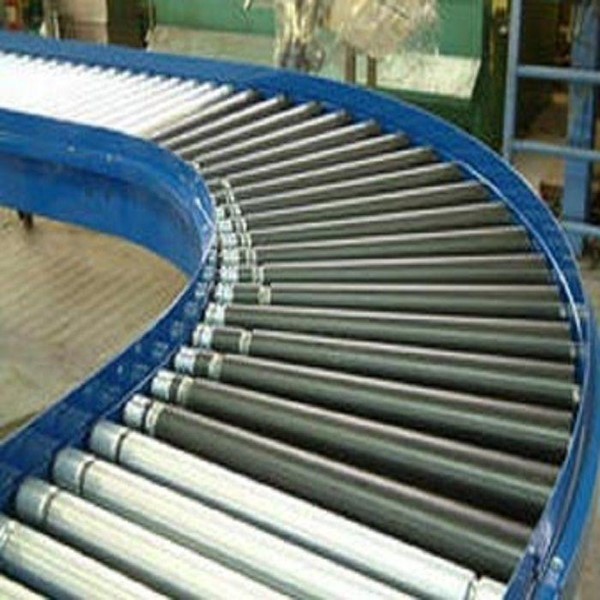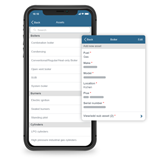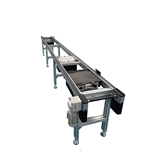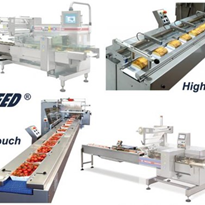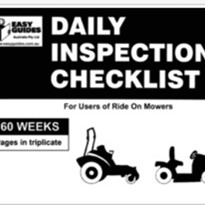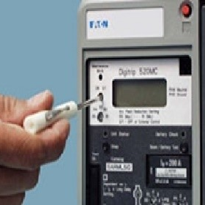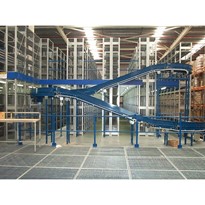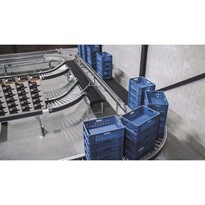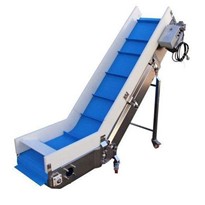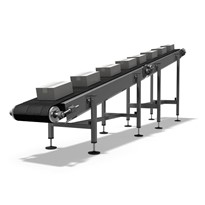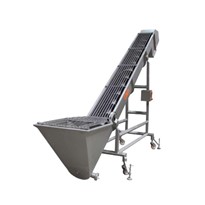Pulleys and powertrains move below those heavily reinforced rubber belts. They're lubricated, cleaned, and repaired according to a specially stipulated maintenance program. The proactive service work checks the equipment for small system faults so that they're repaired before they develop into major mechanical defects. Here, right inside the service logbook, is our maintenance checklist.
Coordinating the Systematic Approach
To begin with, not every checklist item is attended to each time that logbook is pulled from the office. There are daily checks in there, weekly inspections, and even a monthly schedule. That latter list addresses major overhauls, the kind of system checks that require a significant amount of equipment downtime. In regards to the daily checks, they're the fundamental equipment inspections that provide safety and productivity insurance.
Day-to-Day Safety and Productivity
The technician tests the equipment guards. Nobody should be wearing loose clothing, yet that safety guideline has been overlooked by some careless team member. Check the safety barriers, emergency stops, and barrier microswitches that exist to trigger an immediate shutdown. Assembly line safety is paramount, so these personnel safeguards must operate properly. Flipping the page, the checklist focuses on productivity. Electric eyes are adjusted, pneumatic solenoids are tested, and belt scrap is cleared.
Initiating Deep System Checks
A packaging belt is cleared of paper debris. Meanwhile, a food-capable conveyor system is cleaned on a daily basis so that the equipment stays completely sterile and bacteria-free. The checklist still isn't looking at monthly or even bi-yearly inspection items, but that doesn't mean those equipment parts are ignored. For example, pulley lubrication requires system downtime, a rather time-consuming act. Once a week, however, the tech should still look at the oil gauges, if they're provided. That way, unusual oil leakage patterns become known.
Major Maintenance Events
Belt tracking problems worsen over time. Worse yet, conveyor debris will find its way into the machinery. This is the monthly checklist. Pulled from the maintenance log, it lists a number of major mechanical checkups. The pulleys require aligning. Carry out that duty, give the ink box a tick, and move on to the next job. Is the belt tensioned properly? The material-woven rubber strip is creeping forward and rising away from its pulley, so adjust that tensioning mechanism.
Belt tension, belt cleanliness, personnel safeguards, all of these items and more are clearly listed in the maintenance logbook. The results don't reveal an obvious pattern, but that pattern does resolve as the maintenance operative enters the recorded data into the computer. Charted over time, previously obscured system defects become apparent when that maintenance checklist is properly managed.


